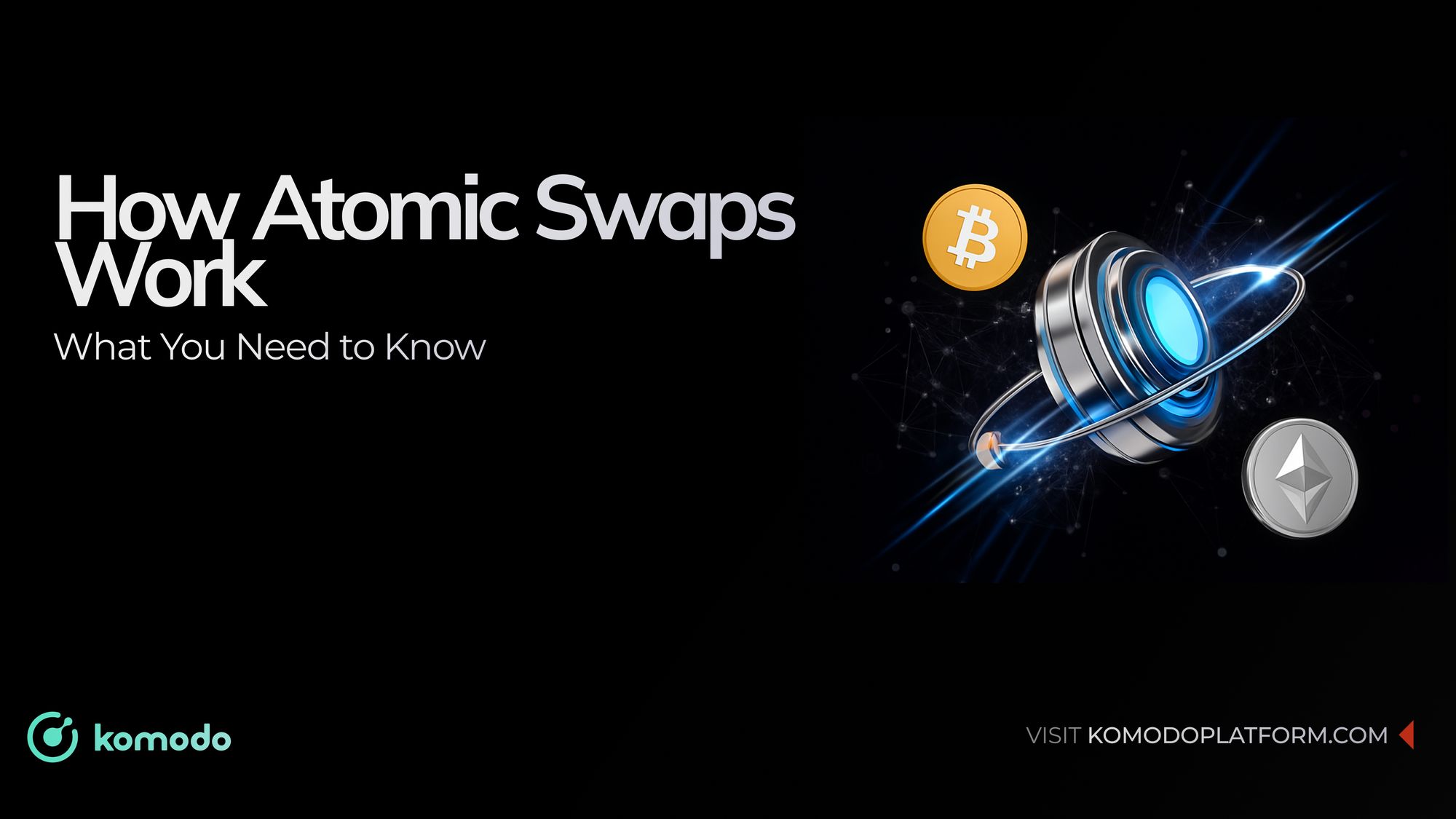Atomic swaps have changed cryptocurrency trading by allowing direct peer-to-peer exchanges between different cryptocurrencies without relying on centralized middlemen.
As decentralized finance grows, it’s important for both beginners and experienced users to understand how atomic swaps work, the steps involved, and the benefits they offer.
How Do Atomic Swaps Work? The Atomic Swap Process Explained
Understanding how do atomic swaps work requires familiarity with the underlying mechanism that guarantees atomicity and trustlessness using HTLCs. Below is a detailed, step-by-step breakdown of the atomic swap process.
Setting Up the Hash Lock
The first step in the process involves creating a hash lock. The initiating party generates a secret cryptographic key, which is hashed into a string of characters. This hash will be used in the contract and will allow the second party to complete the transaction by unlocking the funds.
Locking the Funds in a Smart Contract
Once the hash is created, the initiating party locks their cryptocurrency in a smart contract. The contract includes the hash generated in the previous step and specifies a time frame within which the transaction must occur. If the conditions are met within this window, the funds can be accessed. If not, the contract ensures that the funds are returned.
Locking the Second Cryptocurrency
The second participant sets up a corresponding contract, locking their own cryptocurrency using the same hash. This ensures that both parties are bound by the same cryptographic conditions, and neither can access the other’s funds until the correct secret is revealed. This structure also enables cross-chain atomic swaps, where the two cryptocurrencies involved are on completely different blockchains - such as swapping Bitcoin for Litecoin.
Exchanging the Secrets
To complete the exchange, the initiating party reveals their secret key, which allows the second party to unlock the first cryptocurrency. Once the second participant unlocks the funds, the initial party can use the same secret to unlock the second cryptocurrency. The secret key is shared between the two parties to facilitate this transaction.
Completing the Swap or Reversing the Transaction
If both parties successfully unlock and claim the cryptocurrencies, the transaction is complete. However, if either party fails to meet the conditions, the contract ensures that the swap is reversed, and both users get their original funds back.
Why Atomic Swaps Are a Game Changer
Atomic swaps represent a significant leap forward in the cryptocurrency space because they allow users to exchange assets directly, without relying on intermediaries. Here’s why they are considered a game-changer for cryptocurrency users:
- Security and Trustlessness - The main advantage of atomic swaps is their security and the fact that they eliminate the need for a trusted third party. By using smart contracts, parties can trade directly, reducing the risk of fraud or loss.
- Decentralization - Atomic swaps promote decentralization in the cryptocurrency space. Unlike centralized exchanges that hold users' funds, atomic swaps allow users to maintain control of their assets throughout the entire process.
- Lower Fees - By removing the middleman (e.g., an exchange), atomic swaps significantly reduce transaction fees, making cryptocurrency exchanges more affordable for users.
- Cross-Chain Compatibility - Atomic swaps can facilitate exchanges between different blockchains, even if the cryptocurrencies operate on different networks (e.g., Bitcoin and Litecoin). This increases the accessibility of cryptocurrencies and their interoperability.
Common Use Cases for Atomic Swaps
Atomic swaps have broad applications, making them highly beneficial in many different scenarios. Whether you are a casual cryptocurrency holder or involved in more complex decentralized finance (DeFi) operations, atomic swaps can streamline processes and offer a seamless user experience. Here are some of the common use cases for atomic swaps:
- Peer-to-Peer (P2P) Trading - Atomic swaps enable direct trading between individuals, allowing them to avoid exchange platforms, ensuring lower fees and greater privacy.
- Decentralized Finance (DeFi) - DeFi platforms use atomic swaps to facilitate trades between different tokens and assets, empowering users to interact without the need for intermediaries.
- Cross-Border Transactions - For international transactions, atomic swaps provide a secure and cost-effective way to exchange cryptocurrencies across borders without having to rely on centralized systems.
Challenges and Considerations in Atomic Swaps
While atomic swaps are an exciting innovation, there are still some challenges and limitations:
- Adoption and Support - Not all cryptocurrencies support atomic swaps, and some exchanges still lack this feature. As adoption grows, however, more coins will likely support atomic swaps.
- Technical Complexity - Although the process is relatively straightforward, some users may find the technical details of setting up atomic swaps complicated.
- Network Congestion - If either network involved in the swap is experiencing high congestion, it can lead to delays or failed transactions, so both parties need to monitor network conditions before proceeding.
Effortless and Secure Trading Through Komodo Platform
Atomic swaps are a major breakthrough in cryptocurrency, allowing secure, decentralized, and low-cost trading across different blockchains.
With Komodo Platform you can take full advantage of atomic swaps and enjoy smooth, low-fee trades directly between cryptocurrencies. This method reduces the need for centralized exchanges, giving you greater control over your funds along with faster, safer transactions.
Ready to begin? Learn more about Komodo Platform today.
FAQs
Are there any fees associated with atomic swaps?
Although atomic swaps significantly reduce transaction fees compared to centralized exchanges, there may still be minimal fees depending on the blockchain network’s transaction costs, such as network congestion or miner fees.
How long does an atomic swap take to complete?
The time it takes to complete an atomic swap can vary depending on factors such as blockchain network congestion and the specific cryptocurrencies involved. Typically, the transaction is completed within a few minutes to a few hours
Is there a risk of losing my funds during an atomic swap?
The risk of losing funds in an atomic swap is minimal, as the process is designed to be trustless and secure. If any of the conditions are not met, the contract automatically cancels the swap and refunds both parties.
